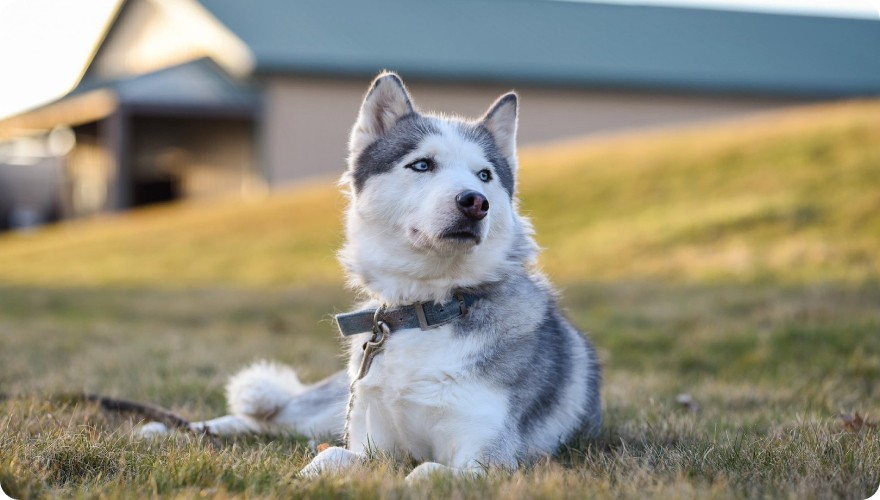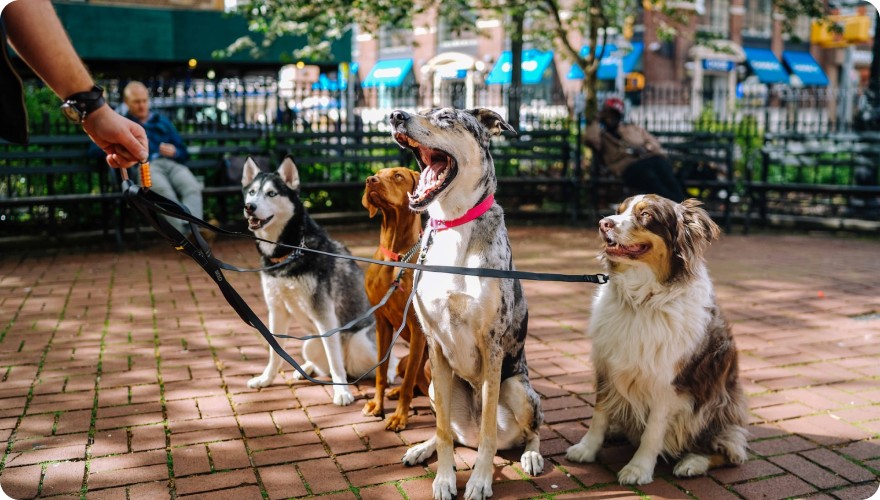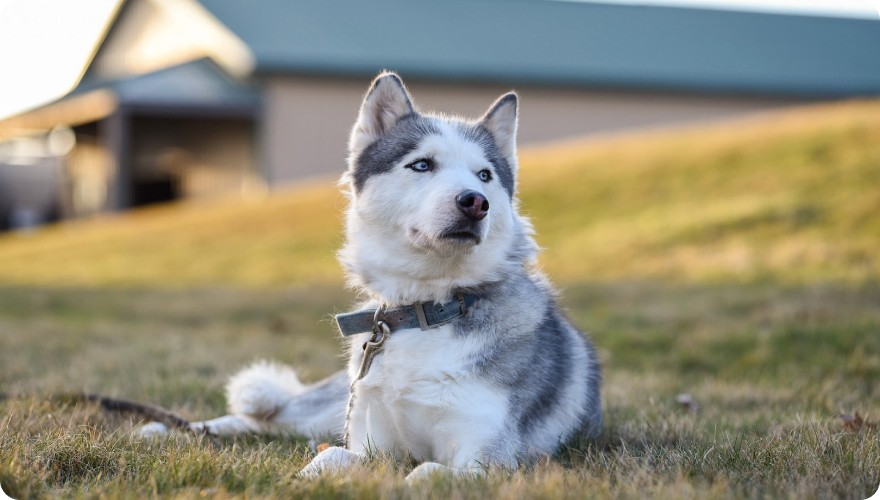Dog Flu Symptoms in Boston, MA: What to Look Out for

Dog flu, or canine influenza, is a respiratory disease in dogs that is very contagious, and caused by a Type A influenza virus. It can also affect cats. There are two different strains of dog flu that have identified in the US, H3N8 and H3N2. H3N8 was first noted in 2004 in racing greyhounds in Florida, and it’s thought that this flu developed from a strain of flu that jumped from horses to dogs.
How Is Dog Flu Transmitted?
Canine influenza is transmitted through aerosols and droplets. Dogs who can spread it through coughing, barking and sneezing, spreading droplets through the air, and these droplets can also be transmitted through shared water bowls.
Dogs who are in close contact with other dogs in kennels, doggy day cares, groomers, and shelters are at increased risk of catching the flu. Canine influenza can also be transmitted through objects such as kennels, collars, leashes, toys, or through people who have been in contact with infected dogs.
If you think you or your dog have been exposed to canine influenza, it’s recommended to clean and disinfect surfaces and objects that have been in contact with an infected dog. Also, if you think you’ve come into contact with a dog with canine flu, it’s best to wash your hands and wash your clothing to avoid spreading the virus to your own dog.
Canine influenza can remain in the environment and on surfaces like tables and door knobs for up to 48 hours, on your hands for 12 hours, and on your clothes for 24 hours. The strain of H3N8 has an incubation period of 1-5 days, and clinical signs most often appear 2-3 days after being infected. The N3N2 strain has a smilar incubation period, and dogs will start to show signs from 2-8 days after infection. It’s during the incubation period when dogs are most contagious, and they can shed the virus even though they may not show any signs or symptoms. Also, some infected dogs may not show any signs at all, but may still be able to shed the virus.








Comments
Leave your comment